Practice
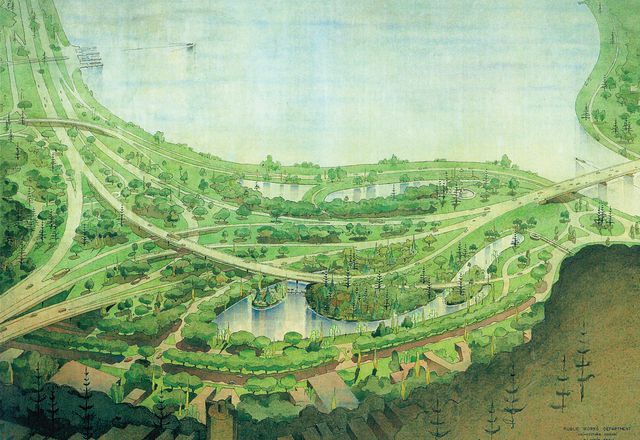
A resilient profession?
The pioneers of landscape architecture, from the United States to Australia, saw what was needed in times of crisis, and had the vision and will to adapt. Now is another such moment. So, how should we, as a profession, respond?
Practice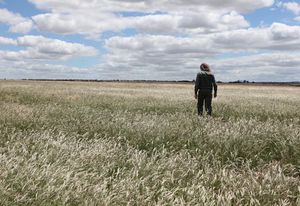
These historic grasslands are becoming a weed-choked waste – it could be one of the world’s great parks
To save the critically endangered ecosystem of Victoria’s Western Grassland Reserve, we must envision innovative funding and management models that embrace the reserve as a cultural landscape.
Practice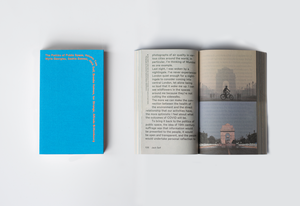
Altered practices: public space, politics and the pandemic
The directors of Office introduce the second volume in The Politics of Public Space series that explores how COVID-19 is altering how we occupy space.
Practice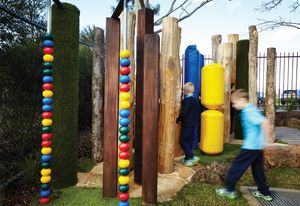
Dedicated to play: Mary Jeavons
For more than 30 years, Mary Jeavons, founder and co-director at Jeavons Landscape Architects, has championed the importance of play.
Practice
What does the ‘new normal’ look like for women’s safety in cities?
At a time when public space is changing, tracking women’s experiences and applying nuanced thinking and multiple gender-sensitive strategies is important to ensuring inclusivity.
Practice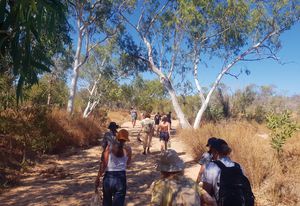
Lurujarri Dreaming Trail
Winding along the coast north of Broome, this 80-kilometre-long Aboriginal trail fosters a deep connection to Country through knowledge exchange and shared experience.
Practice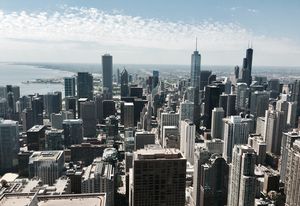
Smart cities can help us manage post-COVID life, but they’ll need trust as well as tech
In designing cities that are better prepared to handle the next pandemic, building systems that encourage trust between the citizens and the city will be crucial.
Practice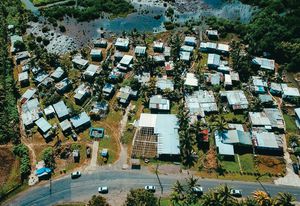
Rising challenge
Amalie Wright shares her experiences working as a landscape architect on the Revitalising Informal Settlements and their Environments (RISE) project in Indonesia and Fiji.
Practice
Transitioning states: Practising in the time of COVID-19
Landscape architects in different areas of practice describe how COVID-19 is continuing to impact their office arrangements, projects and work approach – and where they see the future headed.
Practice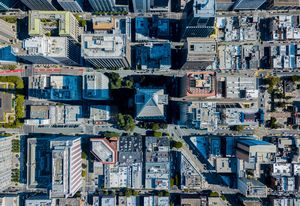
Cities will endure, but urban design must adapt to coronavirus risks and fears
While the impacts of coronavirus on our cities going forward are difficult to predict, one thing is certain – any urban planning and design of our cities needs to take a long-term approach to enabling public life to continue in social and healthy ways.
Practice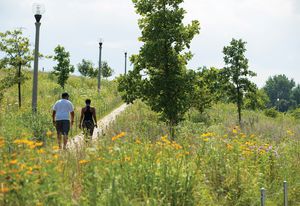
Design for nature
In an era of ecological collapse, a series of projects in the United States is placing nature centre stage.
Practice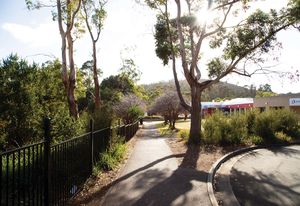
Maintaining gestures: Rosny Park
Three decades after the completion of Hobart’s Rosny Park development, its landscape illustrates how projects evolve in response to maintenance regimes and changing values.
Practice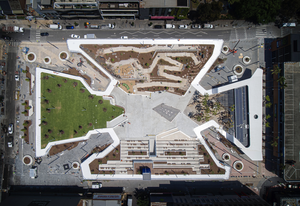
Public spaces bind cities together. What happens when coronavirus forces us apart?
The outbreak of coronavirus and its immediate impacts, such as social distancing, have raised many questions about the role of public space in such times.
Practice
Outbreaks like coronavirus start in and spread from the edges of cities
The ongoing coronavirus is an example of the close relationships between urban development and new or re-emerging infectious diseases.
Practice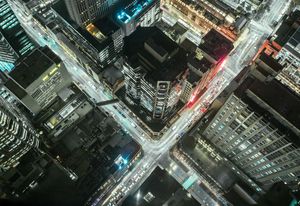
1 million rides and counting: on-demand services bring public transport to the suburbs
“On-demand” transit, which allows users to book trips for a cost similar to a bus fare, may offer a solution to the lack of public transport available outside many Australian city centres.
Practice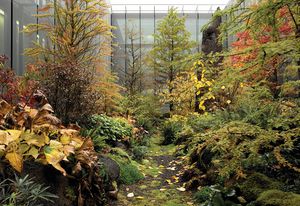
Models without numbers: The landscapes of Günther Vogt
The Swiss landscape architect’s austere, experiential work makes a case for engaging with the real, physical landscape, beyond models or representation.
Practice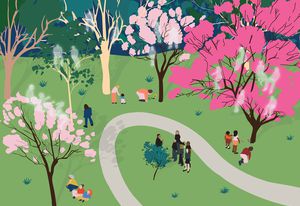
Memory forests: designing the future of cemeteries
Faced with the challenges of rising populations and shrinking green space in Australian cities, we need to begin designing responses that better address land use and death.
Practice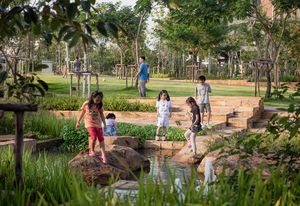
‘Humans are the key to change:’ Kotchakorn Voraakhom
Landscape Australia speaks with the Bangkok-based landscape architect about leadership, encouraging engagement and design in an age of globalization.
Practice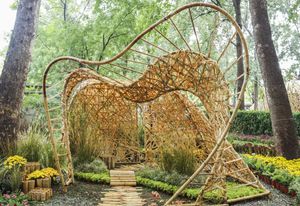
The poetry of gardening: Bejing Forestry University’s second Garden-making Festival
A team of students from RMIT University participated in the second edition of Beijing Forestry University’s Garden-making Festival, which explored the relationship between garden-making and the poetic.
Practice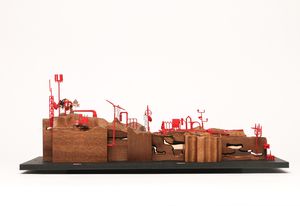
Ed Wall: Unfinished landscapes
University of Greenwich academic Ed Wall’s work explores the intersection between design practice and critical theory. Liam Mouritz spoke with Wall about the role of design education in tackling ecological crises and the importance of expanding landscape practice into policy.
Practice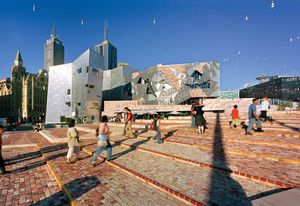
Valuing the civic: the future of Federation Square
As the city around Melbourne’s Federation Square continues to evolve, the fundamental value of the square, as the city’s main public, civic and cultural gathering place, must be maintained.
Practice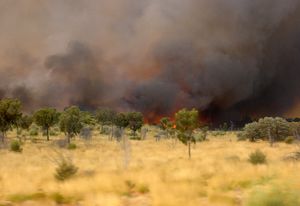
Climate change complacency threatens the long-term sustainability of our cities and regions
Planning Institute of Australia CEO David Williams argues that the government must face squarely up to climate change and work in the public interest to reduce greenhouse emissions and shift to a low-carbon economy.
Practice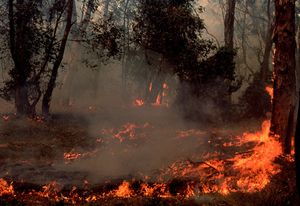
“Be open and listen”: Tim Hart on landscape architecture and post-bushfire recovery
Tim Hart, director of Urban Initiatives (which worked on several projects in the wake of the Black Saturday fires), emphasizes the importance of listening and long-term strategizing when working with recovering communities.
Practice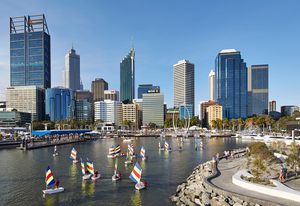
The unfinished business of Perth’s Elizabeth Quay
In Perth, the Elizabeth Quay precinct has proven popular but its success depends on “unfinished business.”
Practice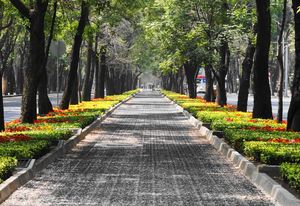
Biodiversity and our brains: how ecology and mental health go together in our cities
Neuroscientific research that expands our understanding of the specific ways in which the experience of nature affects our mental well-being can help us in designing more beneficial urban environments.
Practice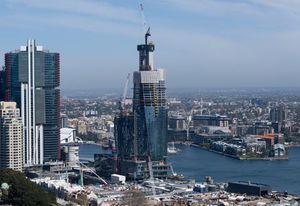
Australian cities pay the price for blocking council input to projects that shape them
Mike Harris argues that, in Australia, the control of states over complex, city-based projects is jeopardising their outcomes.
Practice
Landscape architecture education in Victoria: A discussion
A recent discussion in Melbourne organized by a sub-committee of the Victorian chapter of AILA explored some of the issues currently facing landscape architecture education in the state.
Practice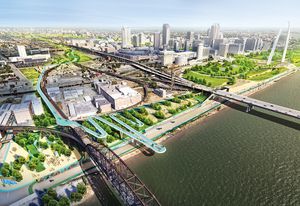
Beyond resiliency: Part II
In the second part of our interview with leading practitioners from the US and Australia, we further explore the agency of landscape architecture in responding to climate change urgencies through the design of the public realm.
Practice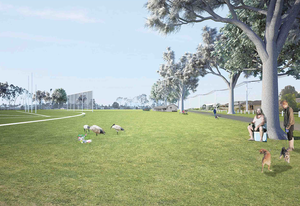
What ever happened to (Australian) urbanism?
With Australia’s population set to almost double by 2066, the handwringing over increased density and sprawl will only increase. Yet these circumstances offer architects and urban planners an opportunity for courageous creativity.
Practice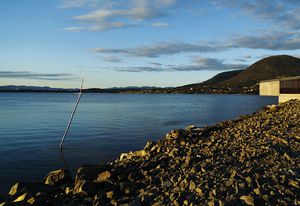
Sites unseen: the work of James Geurts
Melbourne-based artist James Geurts explores the entangling of the human and the natural, and the dynamic yet invisible forces that shape our environment.
Practice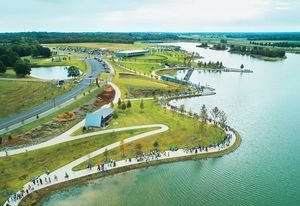
Beyond resiliency: Part I
In the first half of our two-part interview, five leading practitioners offer their perspectives on how we might design for an uncertain future.
Practice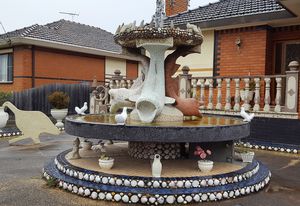
Sh*t Gardens: Reflecting on failure
Bede Brennan and James Hull of the Sh*t Gardens blog spoke at the 2019 International Festival of Landscape Architecture held in Melbourne in October. Landscape Australia caught up with the duo during a break in the festival program.
Practice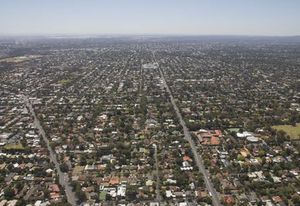
GOD save us: greenspace-oriented development could make higher density attractive
To address issues with sprawl, we need to increase urban density in a way that resonates with the green qualities of suburbia that residents value.
Practice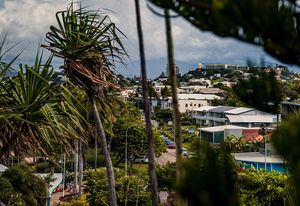
You can’t boost Australia’s north to 5 million people without a proper plan
Any moves to greatly increase the population of northern Australian by 2060 could have a devastating impact on the local environment without long-term careful planning by all tiers of government.
Practice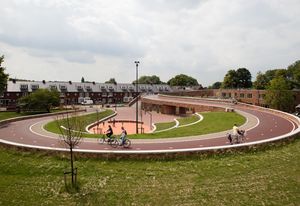
Marijn Schenk: Catalyzing connections
Marijn Schenk, co-founder of Dutch practice Next Architects, spoke with Landscape Australia about collaboration, new perspectives and the pursuit of social and ecological agendas.
Practice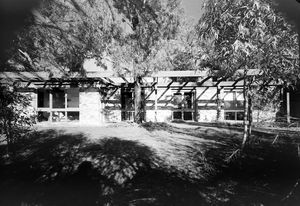
Vale David Yencken, a modern-day polymath
Graeme Davison and Alan Pert remember the late David Yencken, a prodigious contributor to the built environment and Victoria’s “unofficial minister for design and environmental planning.”
Practice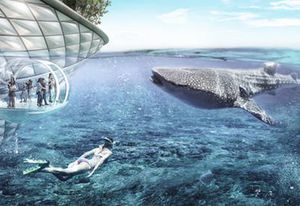
Why we need ‘crazy’ ideas for new city parks
Design competitions provide opportunities for new voices and radical ideas.
Practice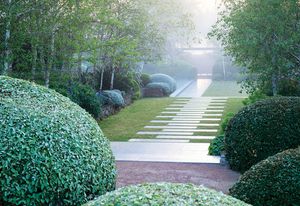
Arcadian Spirit: Hugh Main
Calmness, serenity and a sense of mystery define the work of Sydney-based designer Hugh Main, whose portfolio of elegantly sculptural gardens with hushed textures and colours speaks to a distinctly east-coast Australian style.
Practice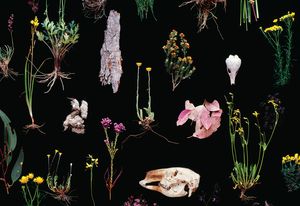
Grassy woodlands
Photographer Carolyn Young and ecologist Sue McIntyre reflect on a once extensive, but now rapidly vanishing landscape – the eucalypt woodlands of Australia’s south-east.
Practice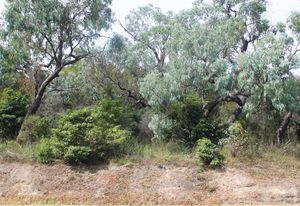
Designing for novel ecologies
By acknowledging human agency as a vector for plants and animals, we can begin to embrace new and fertile ways of working with our environment.
Practice